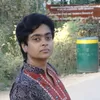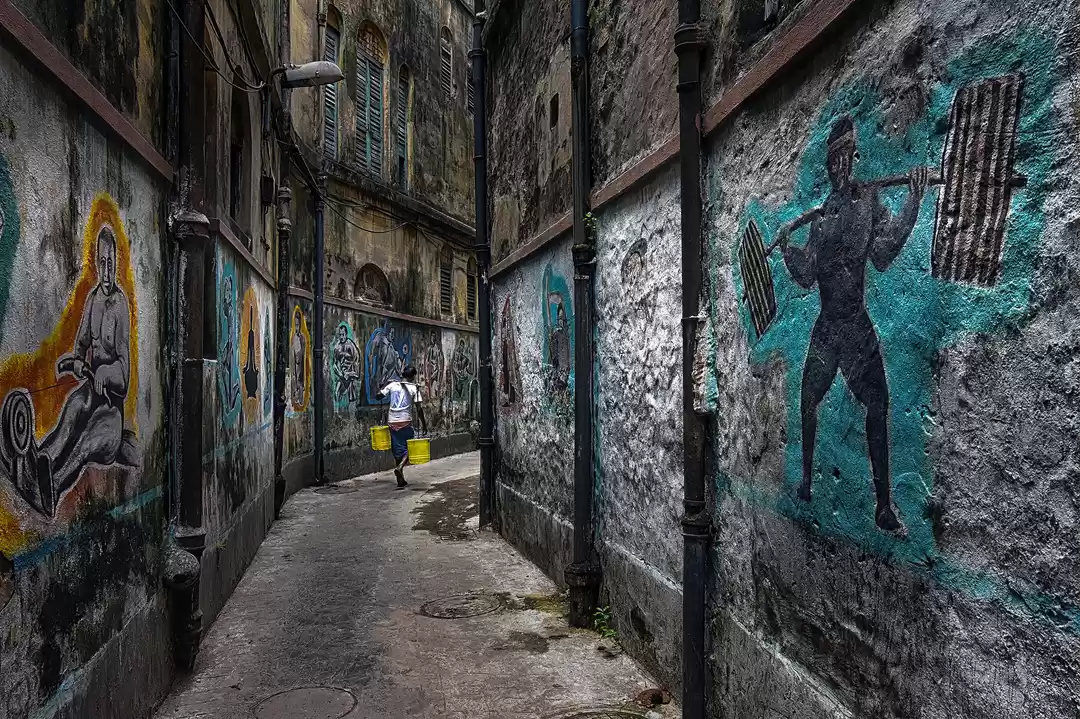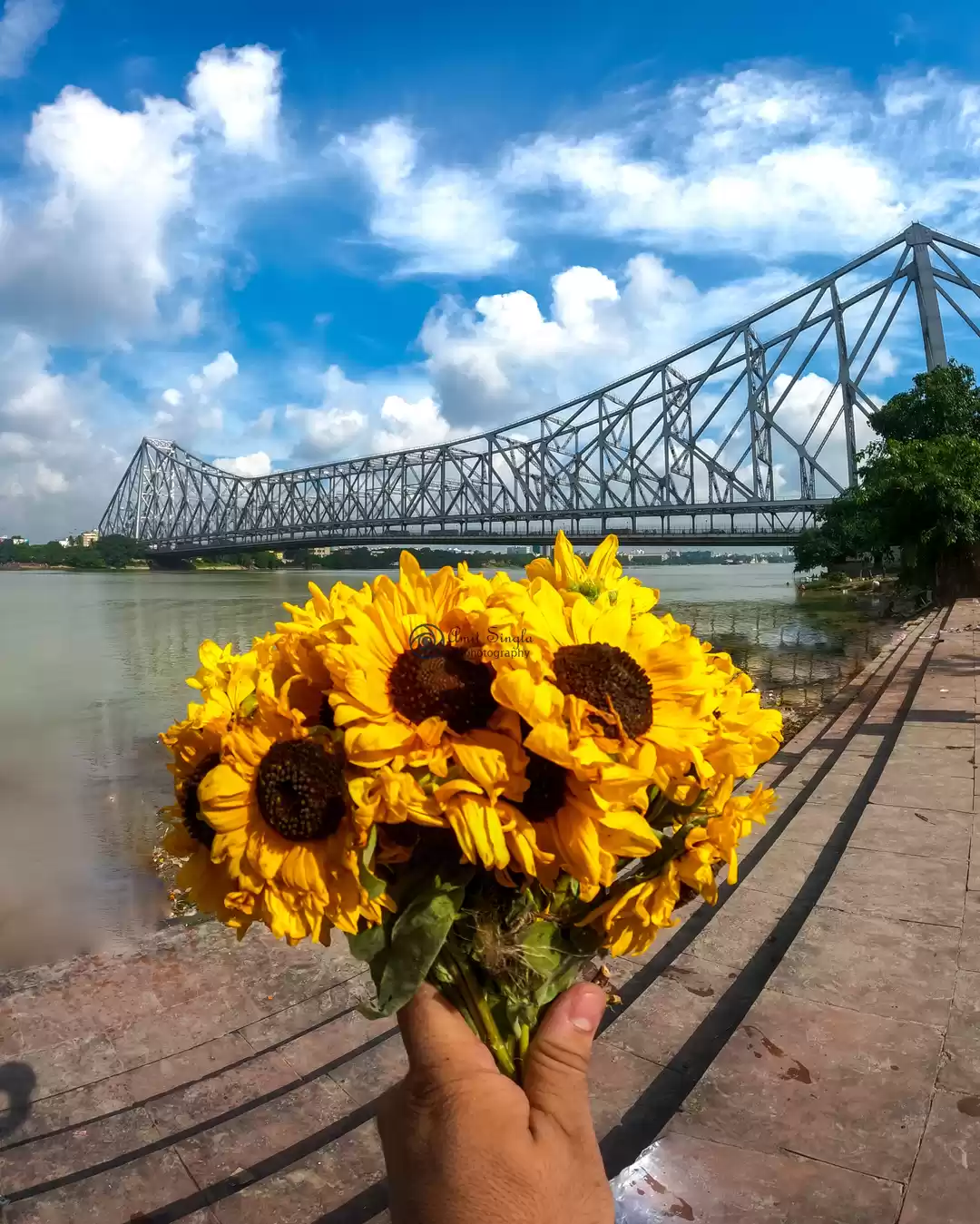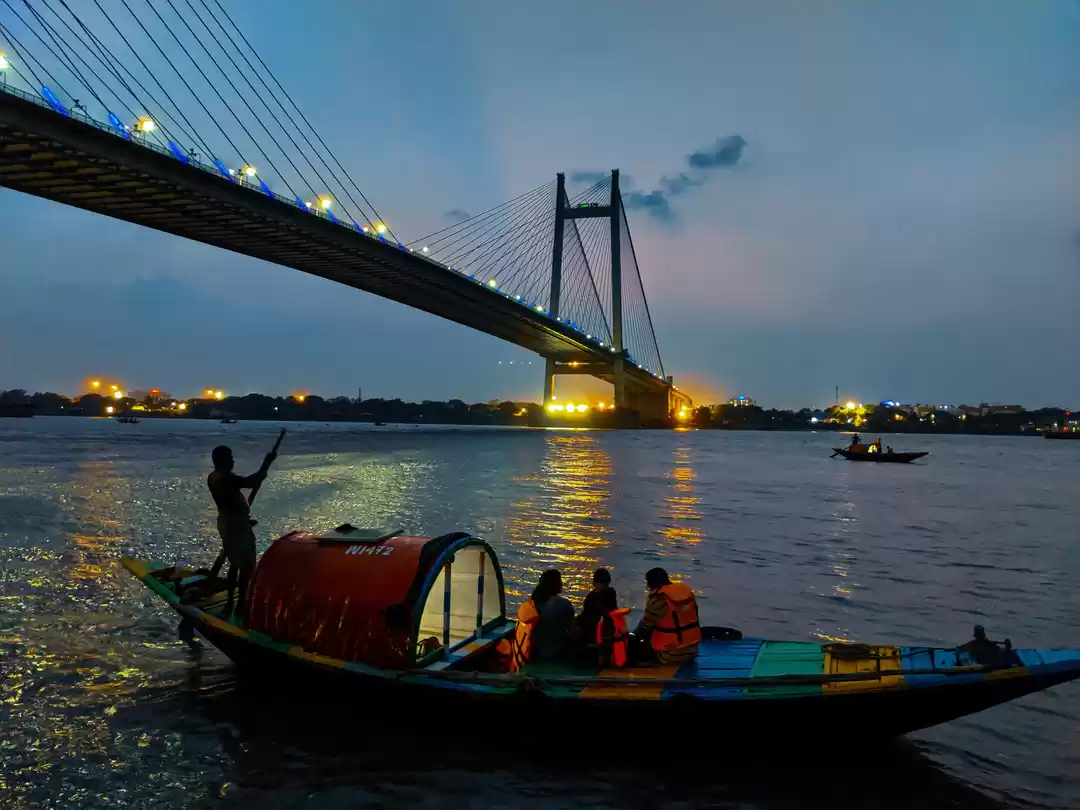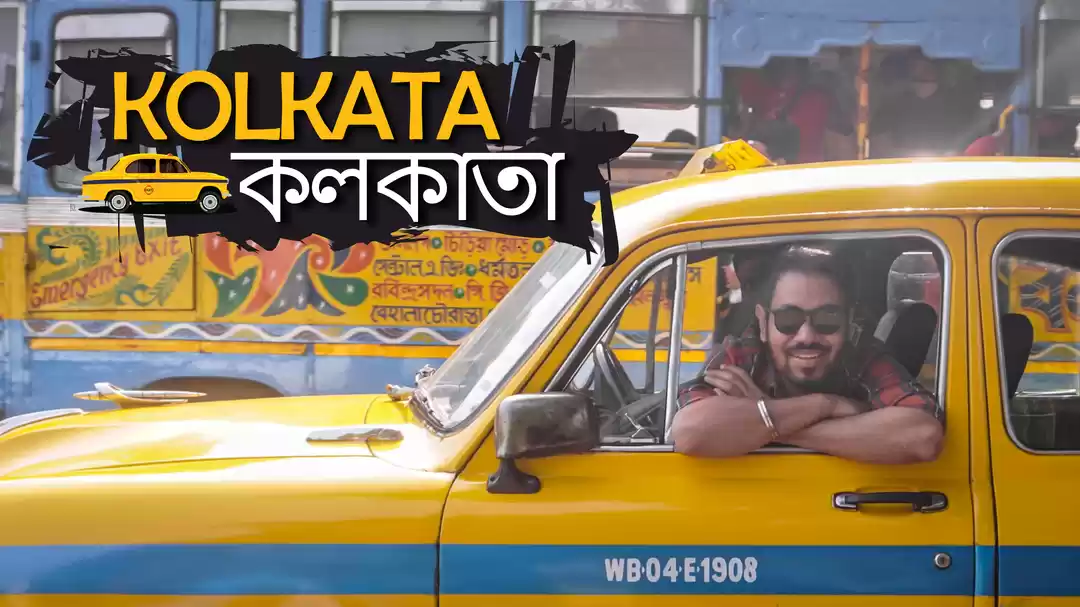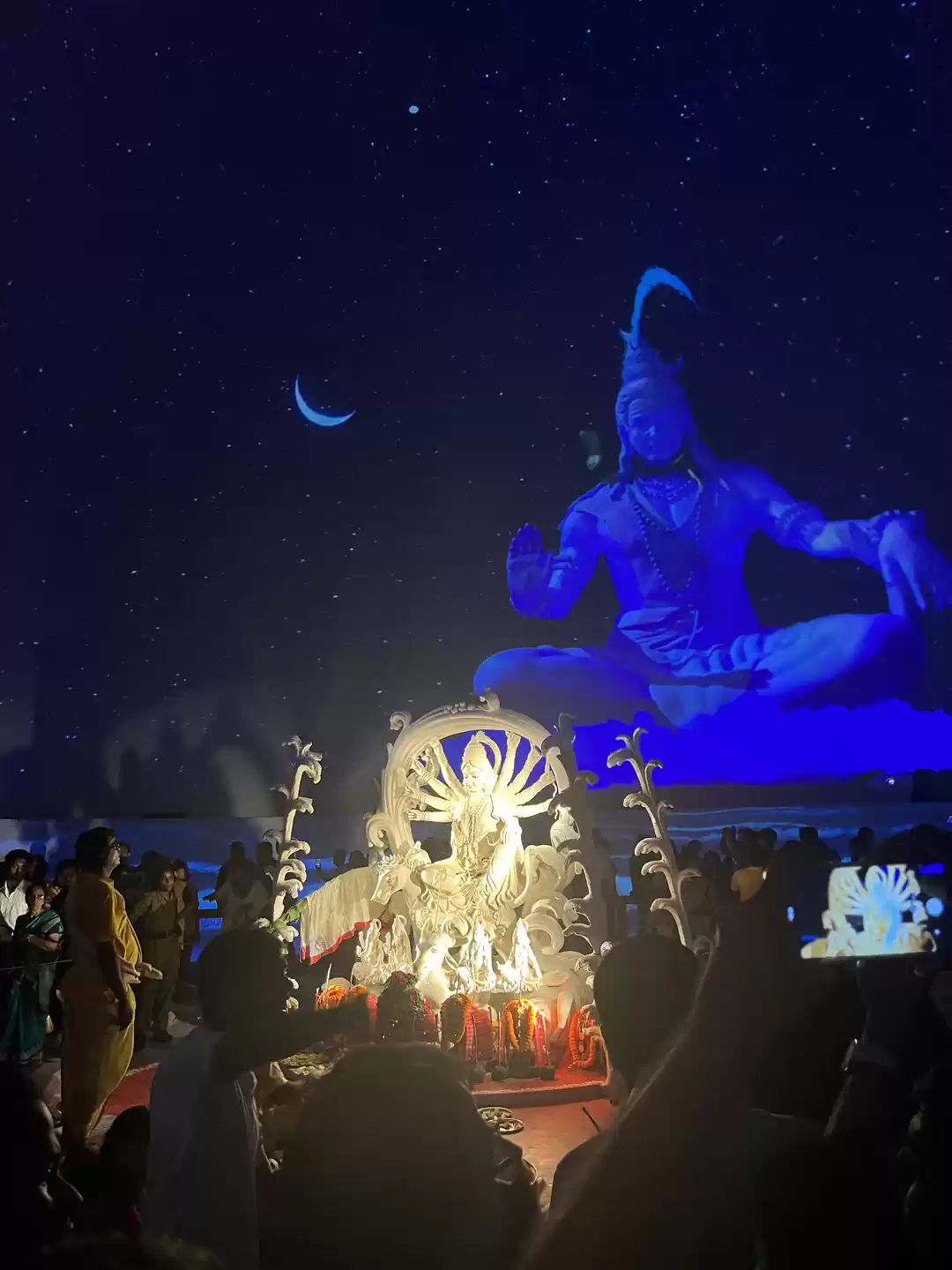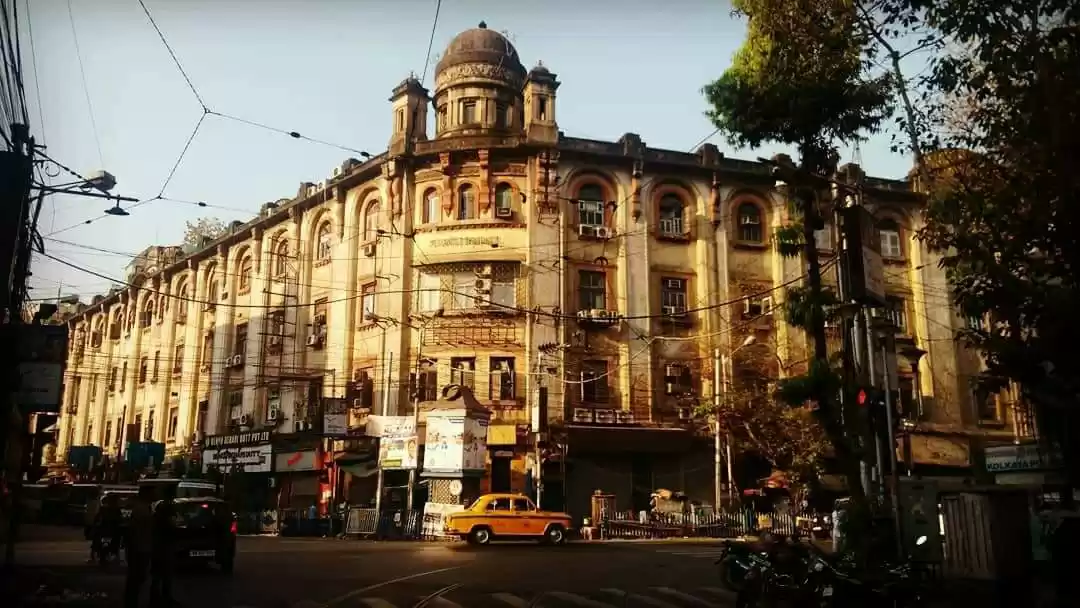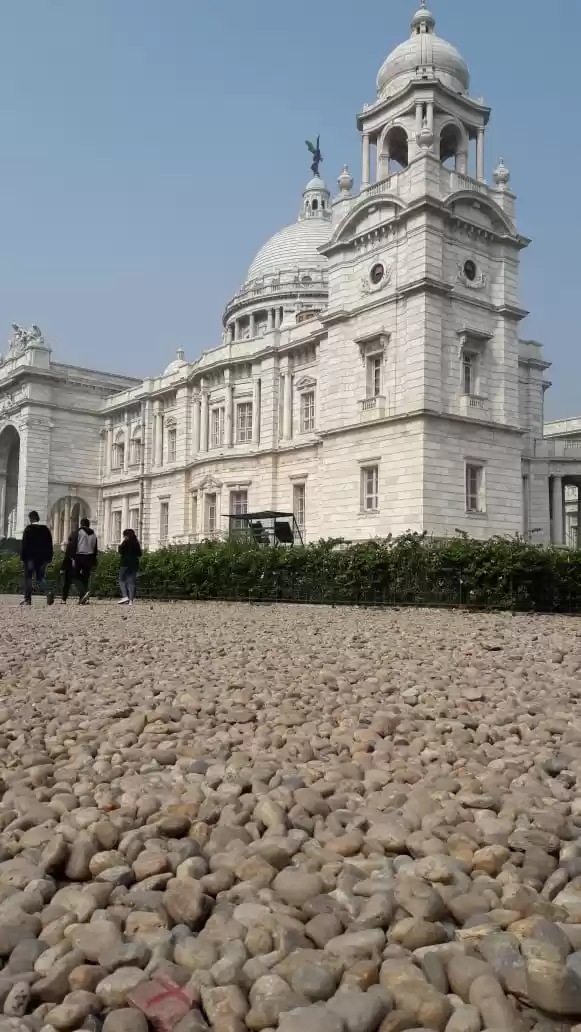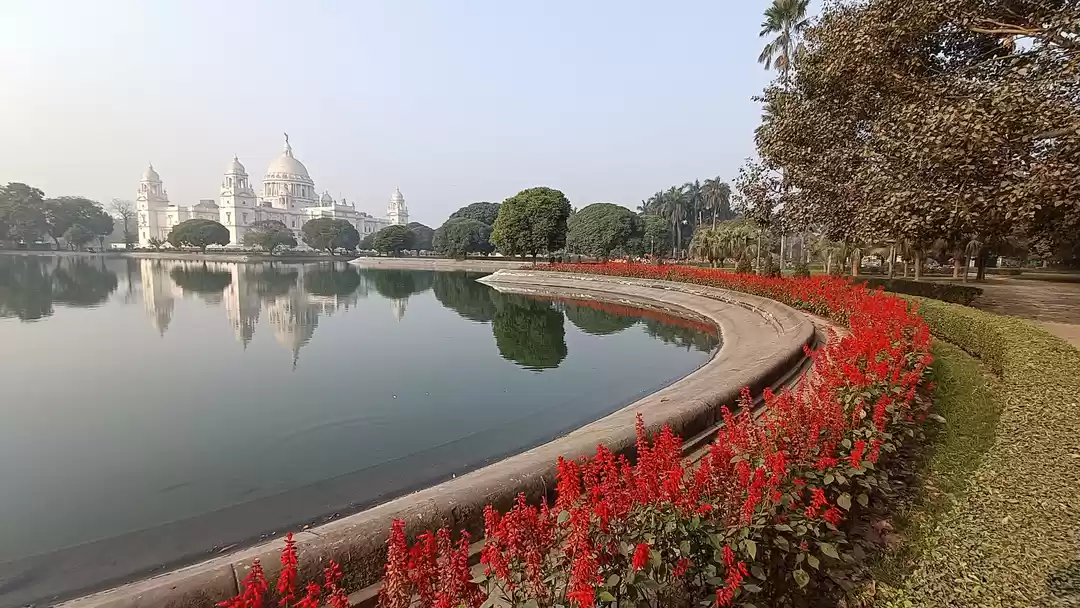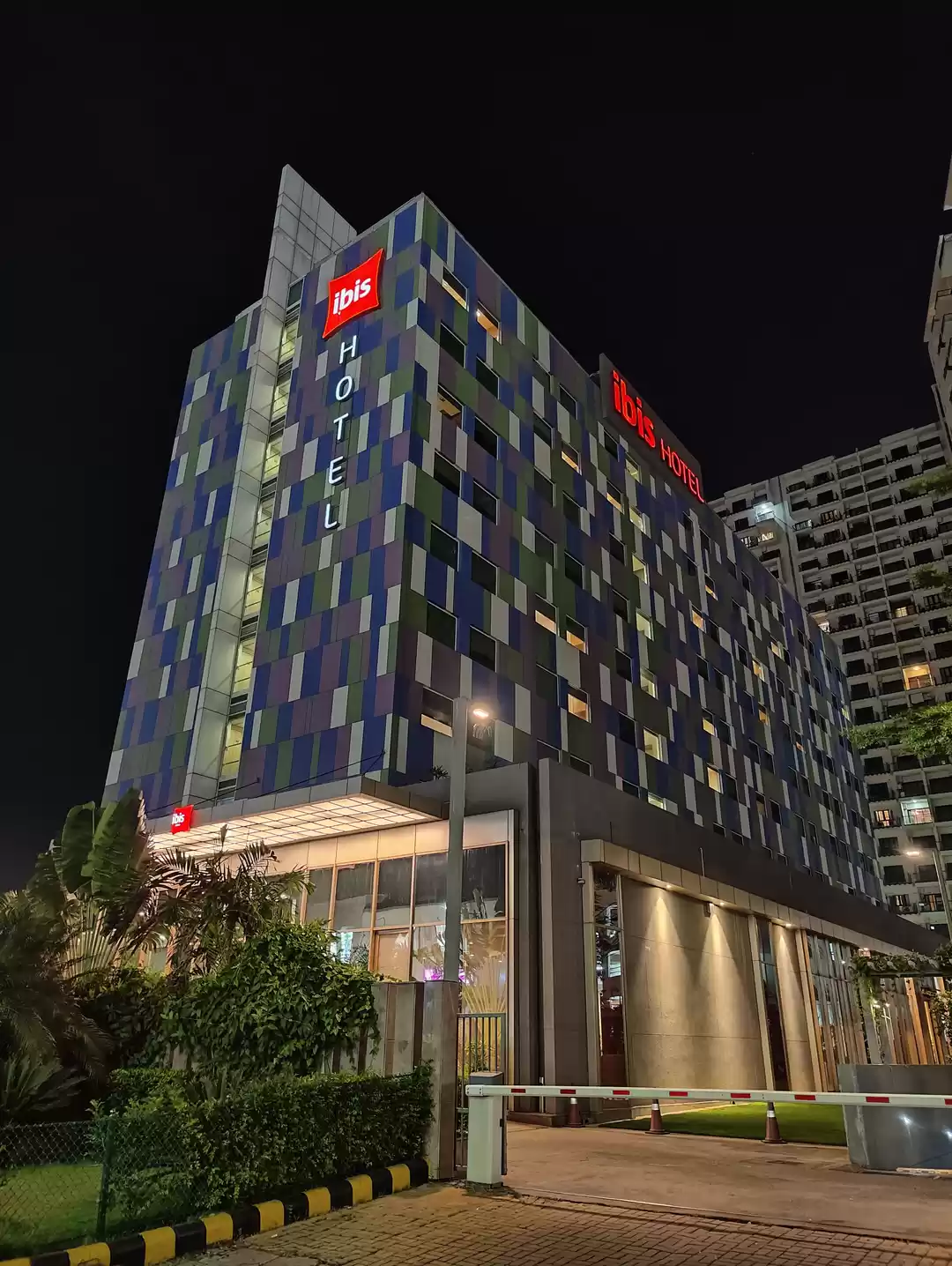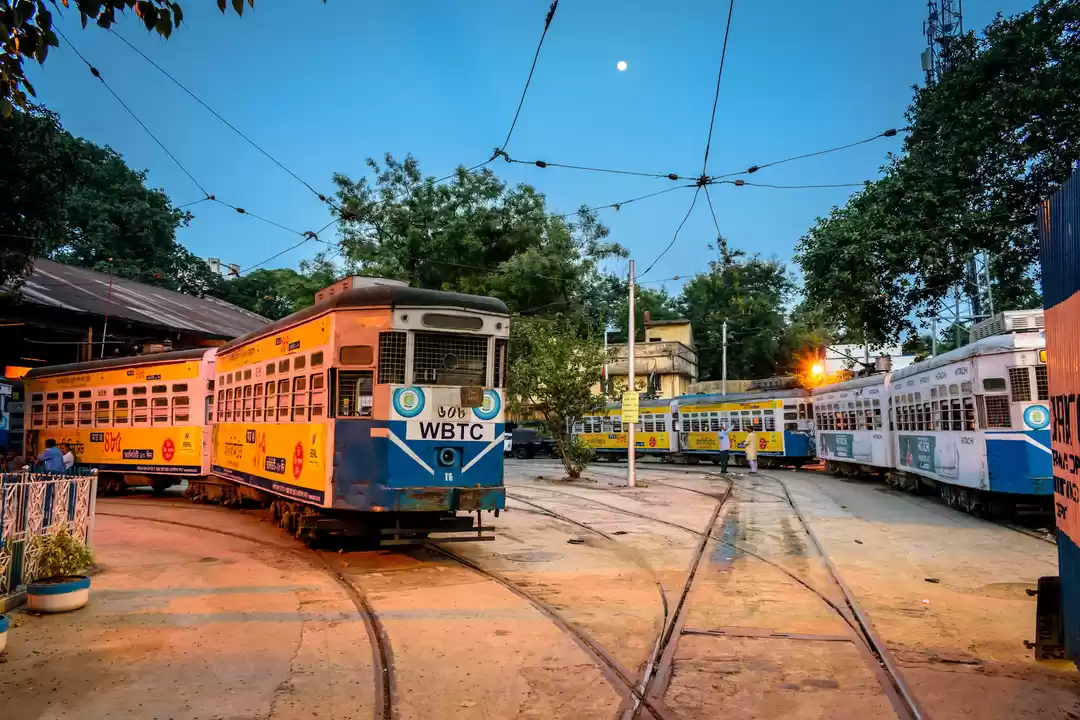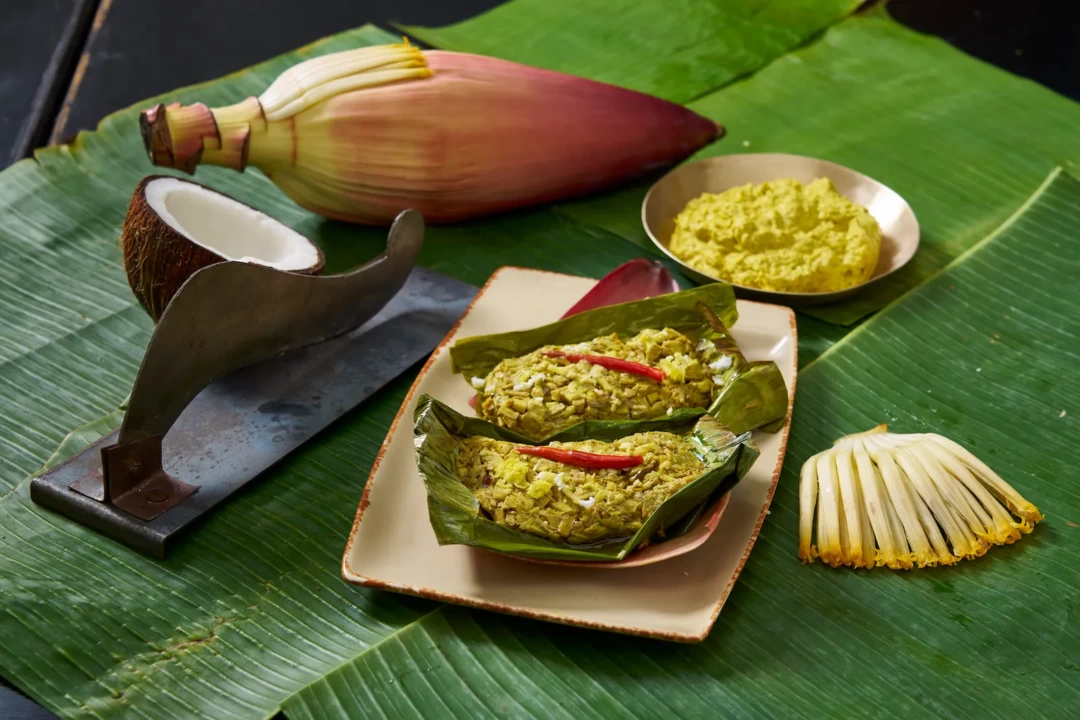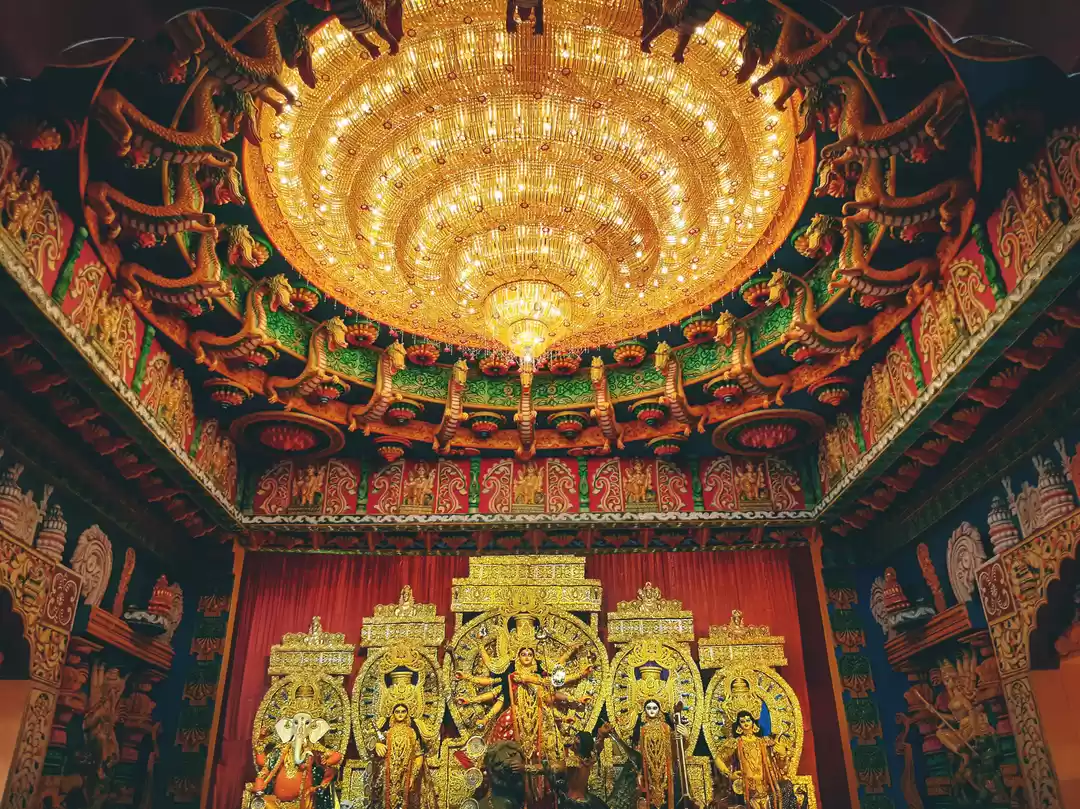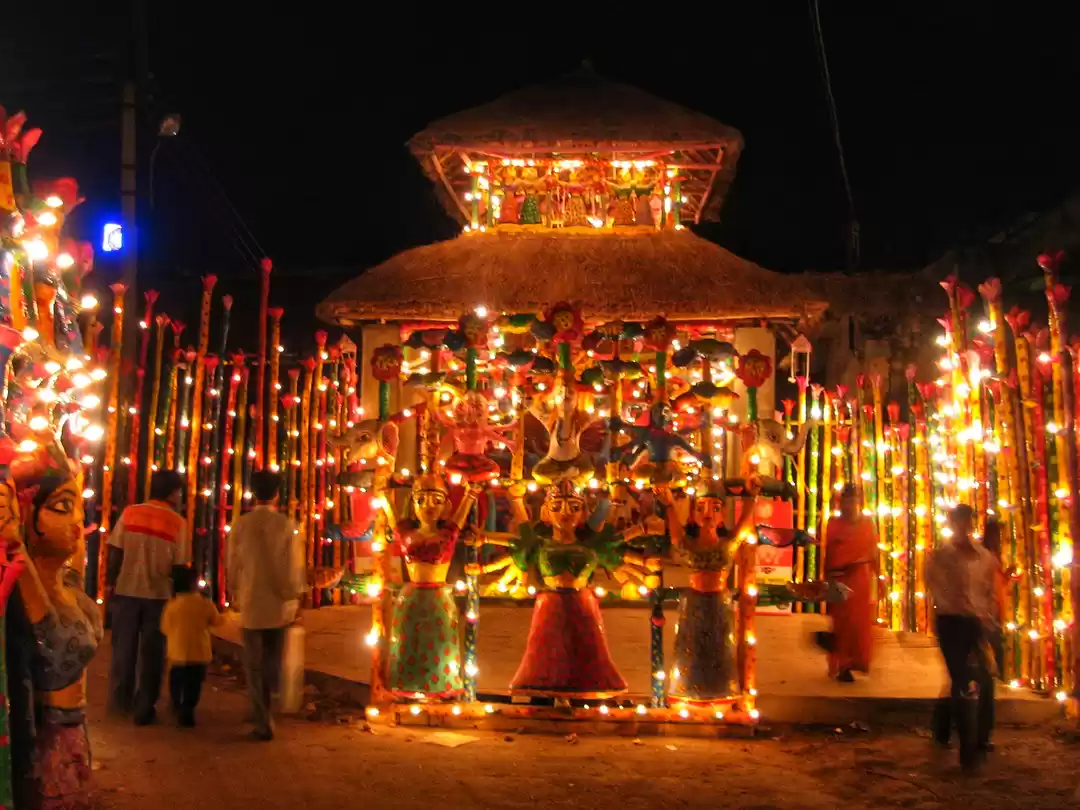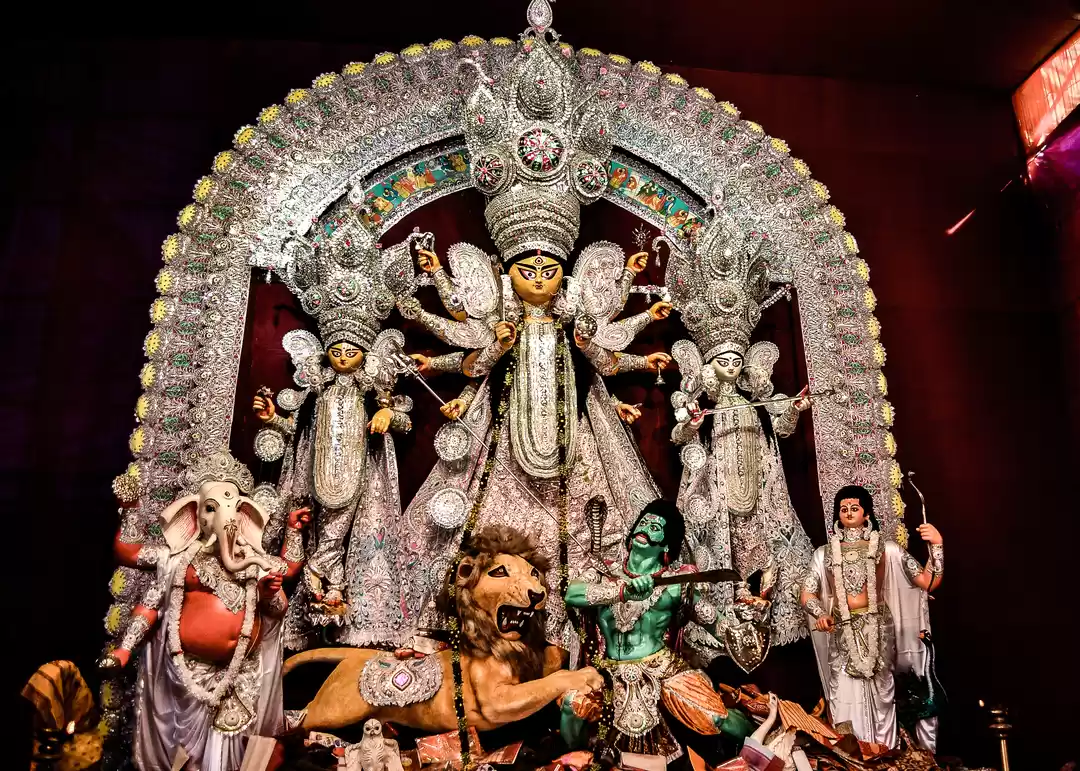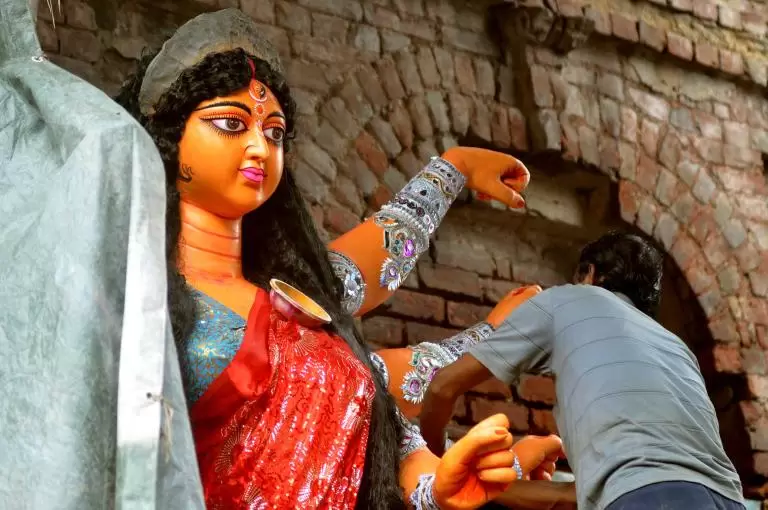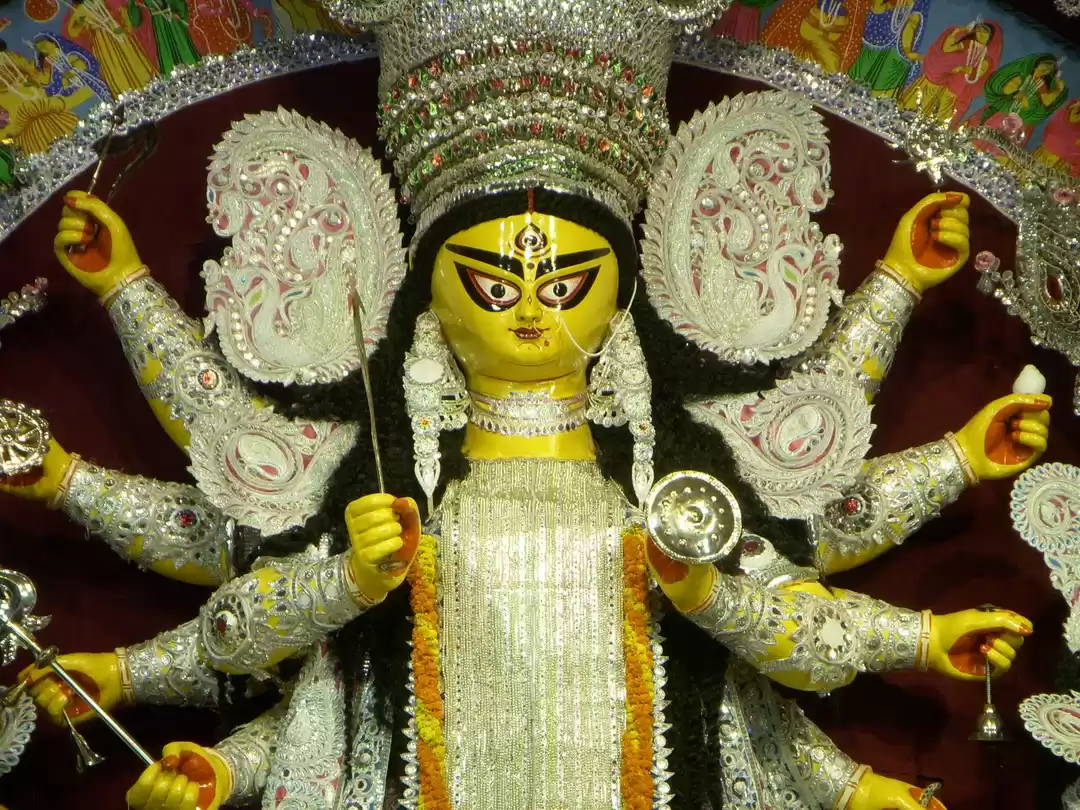One of India's biggest and most colorful festivals Dusshera or Durga puja is celebrated in a variety of ways in different parts of the country. The festival is a riot of colors, pomp and gaiety right from Kulu in the north to Mysuru in the south.
For the uninitiated, Durga puja is celebrated to mark the victory of Goddess Durga over the evil demon Mahishasura. Symbolizing the victory of good over evil, the festival normally falls in the month of October and is celebrated for 10 days, the last four days being particularly important.

However, the passion and fervor with which Durga puja is celebrated in Kolkata compares to none other. Often referred to to as the Rio Carnival of the Eastern Hemisphere, the whole city turns into a rather larger than life celebration. Handcrafted idols of Goddess Durga are created months in advance for the festival and are set up in thousands of innovative "pandals" all across the city. The city itself is lit up and there is dance and music everywhere. Scores of people hit the streets " pandal hopping " visiting the 'creatively themed' enclosures which house the diety's idols. The festival reaches its climax on the 10th day which is incidentally the last day wherein the idols are taken out in a procession around the city to the various 'ghats' of the Ganga. They are then immersed amidst customs, traditions and revelry marking an end to the annual feast.



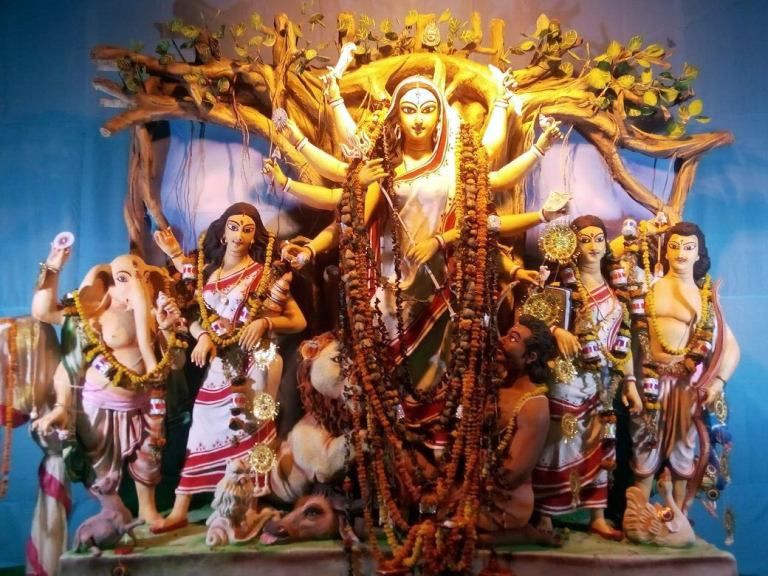
The highlight of the festival is of course the idols of Goddess Durga which are meticulously handcrafted each year. Idols get bigger and more extravagant each time and pandal organizers work hard to outdo themselves and of course everyone else year after year!
This has always fascinated me and so when I visited Kolkata this time, I was keen to visit Kumartuli, which is the arena of these very talented artisans. Also spelt " Kumortuli", the word has been derived from the Bengali word ' kumore ' meaning potter. Located in the Northern part of the city, I was greeted by a distinct smell, which seemed to be that of a mixture of clay, plaster of paris, paint and glue as I entered the narrow by lanes. Lined one after another, I could see these gifted idol makers moving their hands deftly as they bought their creations to life in their tiny workshops.




On speaking to them, I was given to understand they are busy throughout the year and not only during the time of Puja. While not making the idol of Goddess Durga they are busy with statues, murals and other custom orders they receive from all over the country. Their craft is self learnt and passed on via word of mouth from one generation to the next.


I was also given to understand that work on the Durga idols usually starts in April after the Bengali new year with the main raw material, clay, sourced from the village of Uluberia, near Kolkata. Straw that is used to cover the frames after which it is painted is sourced from Murshidabad.




In between the workshops there were also some tiny outlets that sold small idols and figurines of the diety at quite a nominal price. The consideration was definitely not comparable to the talent and efforts put in for the creation of each piece.

While these skilled craftsmen do not live and work in the best of conditions, it is indeed heartening to see that such brilliant talent exists in literally the nooks and corners of our country. A little more support and recognition of their craft can work wonders towards the cause of their upliftment.


